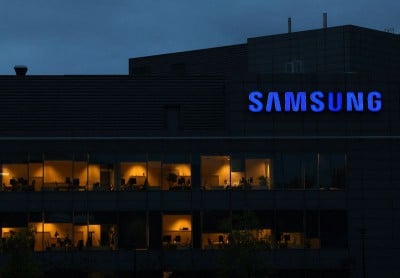
skynesher / Getty Images
The Phillips Curve is a graph that shows the relationship between inflation and unemployment. It shows that when inflation is high, unemployment is low, and vice-versa. It is used to develop economic forecasts and set monetary policies.
Key Takeaways
- The Phillips Curve is a graph that shows the tradeoff between inflation and unemployment.
- Under the Phillips Curve, high inflation is accompanied with low unemployment, and low inflation is accompanied by high unemployment.
- Policymakers use the Phillips Curve to manage the tradeoff between inflation and unemployment.
- Some economists think that the Phillips Curve doesn’t reflect monetary factors and implies that economic growth is always inflationary.
How Does the Phillips Curve Work?
The Phillips Curve is a graph that plots unemployment against inflation. In general, it shows that inflation and unemployment have an inverse relationship. When inflation is high, unemployment tends to be low, and when inflation is low, unemployment tends to be high.
The graph was developed by A.W. Phillips, an economist who looked at UK unemployment and wage data collected from 1861 to 1957 and noticed the inverse relationship between the two factors. It has since been widely adopted as a framework for economic research and for central-bank policies.
Note
Many economists have developed different versions of the Phillips Curve that look at output gaps (the difference between actual gross domestic product and potential gross domestic product) and other variables that affect inflation and unemployment.
In October 2008, at the start of the financial crisis, unemployment in the United States was 6.5%, and inflation as measured by the Consumer Price Index was 3.73%. A year later, in October 2009, unemployment had increased to 10% while the inflation rate was actually negative at -0.22%. This is what would be expected under the Phillips Curve.
Likewise, unemployment was 6.0% in April 2021, while inflation was 4.15%. In April 2022, unemployment had fallen to 3.6%, and inflation had increased to 8.22%. Once again, the Phillips Curve relationship held.
While the original Phillips Curve looked at changes in wage rates, most economists use consumer prices as their measure of inflation.
The theory behind the Phillips Curve is that wages go up when businesses need to attract workers. Higher wages and salaries can attract more workers, and that in turn reduces unemployment. However, just because more workers apply, that does not mean they all have the right experience or worth ethic for the job. Some employees may be able to produce more than others. However, when a business needs to hire a worker, it may not have the time to interview as many candidates and may hire the best one at the time, even if they aren't exactly the right fit.
Once hired at a higher wage or salary, workers have more money, so they go out and spend it. Their increased demand drives up prices. The result is higher inflation and lower unemployment.
The opposite plays out when inflation is low. It is harder for workers to find jobs. Having fewer workers leads to less demand, so prices stay low but with low demand, and employers don’t want to raise salaries or bring on more workers. The result is lower inflation and higher unemployment.
Note
High inflation is associated with low unemployment, but it’s not a direct relationship. It is possible to have low inflation and low unemployment—or high inflation and high unemployment.
Economists looking to manage the tradeoff target a number known as the Non-Accelerating Inflation Rate of Unemployment, or NAIRU. NAIRU is the level of unemployment in an economy that does not cause the inflation rate to increase.
The Phillips Curve is a curve, not a straight line. Analysts not only look at the tradeoff between inflation and unemployment—they also look at how that tradeoff changes over time. If the relationship between inflation and unemployment is weak, the Phillips Curve flattens. If the relationship between the two measures is really strong, the Phillips Curve steepens. One theory is that the Phillips Curve has flattened over time in the United States because the Federal Reserve Bank has become skillful at managing interest rates to prevent inflation.
The Phillips Curve is a simple way to look at the tradeoff between inflation and unemployment so that economists and policymakers can look for ways to manage the economy. It’s not perfect and it does not show cause and effect. Nevertheless, the Phillips Curve is a good place to start the analysis that it remains popular years after it was developed.
Criticism of the Phillips Curve
The first criticism is that the Phillips Curve implies that economic growth is necessarily inflationary. If the Phillips Curve holds, then any growth in the economy that increases demand for workers or for goods will also drive up prices. However, increases in prices and jobs driven by growth should not be inflationary.
The second criticism is that the Phillips Curve ignores the role of the money supply in creating inflation. Under the quantity theory of money, price levels are influenced by the amount of money circulating in the economy. This has little to do with employment levels.





